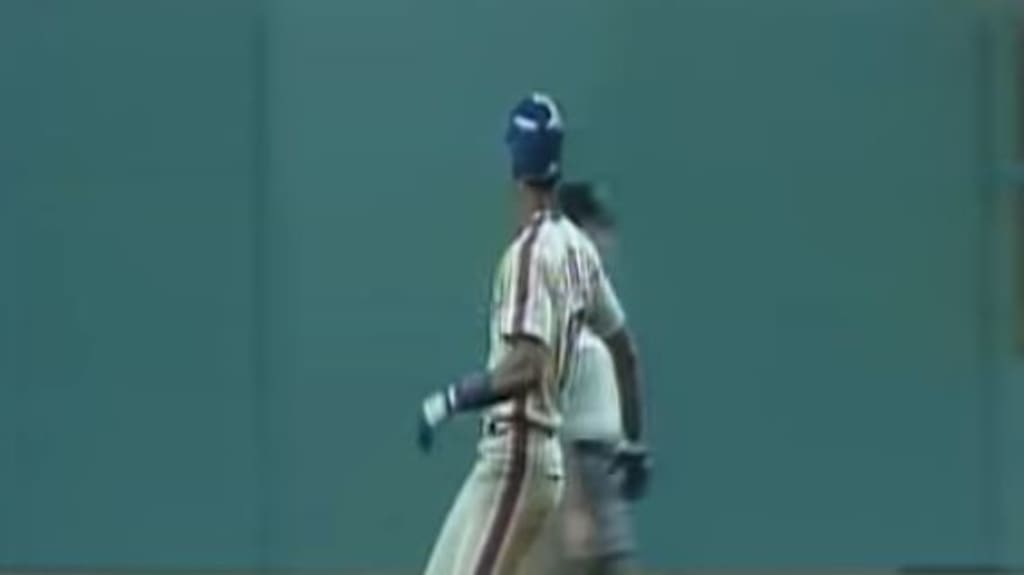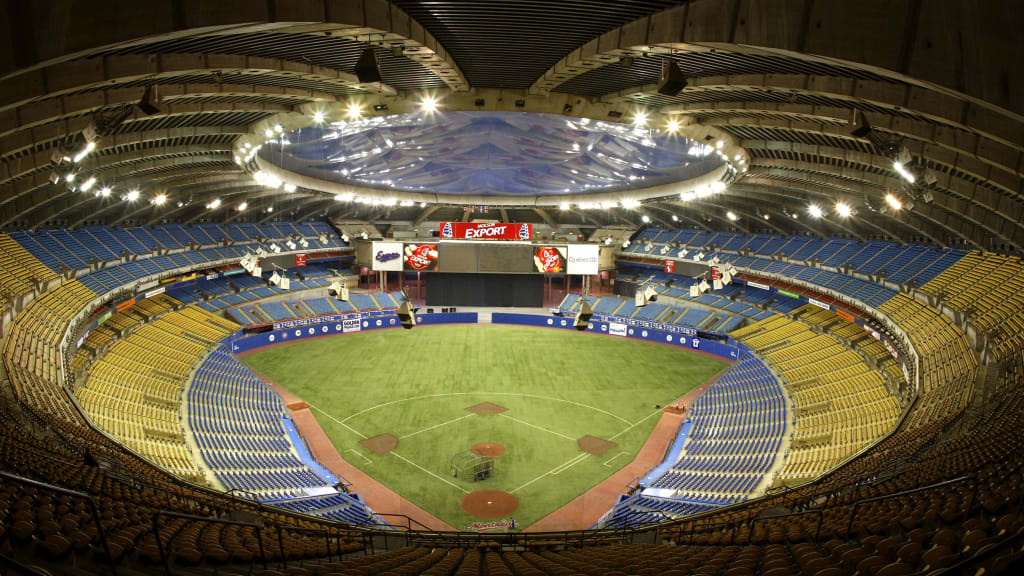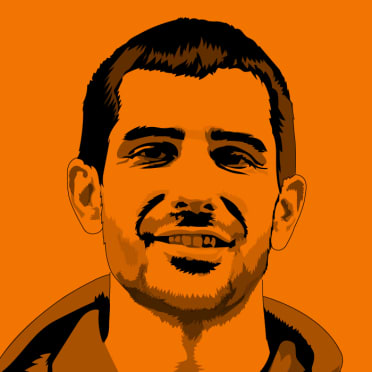This story was originally published in April 2020.
Throughout baseball history, there have been long home runs. Adam Dunn hit one into another state, Babe Ruth hit one 500 feet away into a pond of alligators, some guy from the early 20th century said he hit one 800 feet and circled the bases three times.
But there's not many that rise to such a level that scientists have to get involved. We're talking about baseballs hit so high and far and hard that we can't comprehend the physics. We can't calculate the distance. That's what happened when Darryl Strawberry -- who turns 60 years old on Saturday -- launched this space missile at Montreal's Olympic Stadium on April 4, 1988.
Listen to Fran Healy's call: "That balll ... is, uh, outtaa heeere." He's not even sure what happened. Darryl stopped at second base, as the ball inexplicably came back into the outfield -- thrown back by an alien on some distant planet.

"It's easy to fall into traps as a broadcaster trying to relate Strawberry's home runs," said Healy's broadcast partner Tim McCarver. "He has, in a sense, overwhelmed you so many times that your calls are often neglectfully underwhelming."
The ball was measured as landing 300 feet away, but that's only because it clanged off the top of the Olympic Stadium dome -- 160 feet up in the sky. It may have crashed right through the top, if the roof's material weren't bulletproof.
"You can feel the wind blowing," said Hubie Brooks, the Expos' right fielder. "Straw hit it so far and so high that I just stood and watched. It was starting to drop when it hit above the lights."
Montreal pitcher Bob McClure tried to copy the feat the next day right under where Strawberry's ball hit the ceiling, to no avail.
"We spent almost an hour hitting fungos straight up," McClure said. "Nothing came close to touching the roof. And we were 200 feet closer than he was when he hit it."

That's when a scientist knew his expertise was needed. Professor Bob Moore, out of McGill University, decided to calculate the distance of the Strawberry dinger. He put a couple equations together and figure if the ball hadn't been stopped by the dome, it would've traveled 525 feet -- one of the longest of all time. Stadium workers wondered if it was the ball, the warmer air inside the park or jet streams coming from vents.
